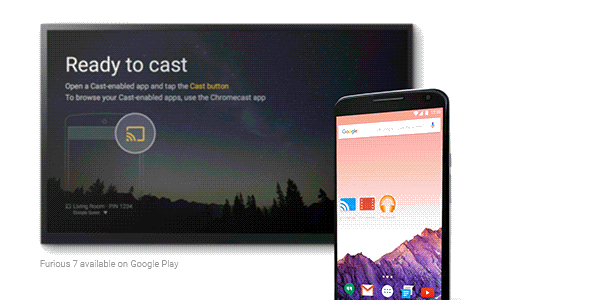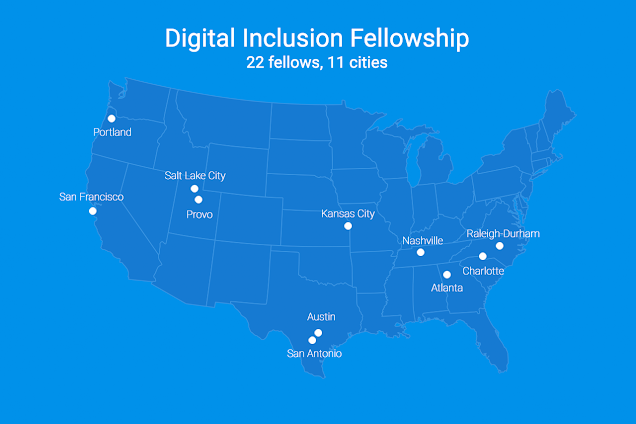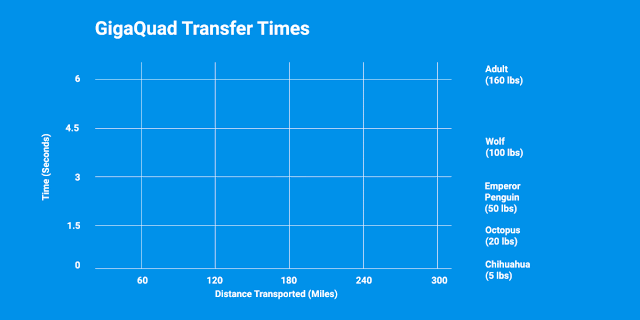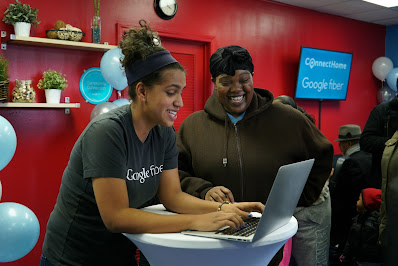Nearly six years ago, we started Google Fiber with the goal of making the web better and faster for everyone. We began in Kansas City and have now committed to bring Fiber to a total of ten metropolitan areas. To date, we’ve focused mostly on building fiber-optic networks from scratch. Now, as Google Fiber grows, we’re looking for more ways to serve cities of different shapes and sizes. That’s why we’re
working with Huntsville, AL to tap into the city’s planned municipal fiber network. And that’s why we’re trying something different in our latest Fiber city—San Francisco—where we’ll bring service to some apartments, condos, and affordable housing properties, using existing fiber.
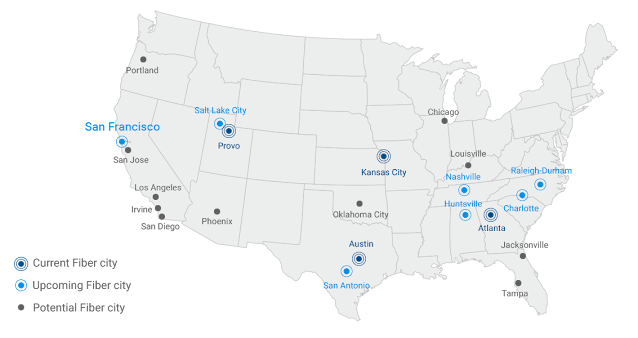 |
| San Francisco is the 22nd metro where we're serving customers, building networks, or exploring the possibility of bringing Google Fiber |
San Francisco has a long history of creativity, innovation, and development, with its
iconic cultural centers,
countless startups, and dozens of colleges and universities. In thinking about how best to bring Google Fiber to some residents in this unique city, we considered a number of factors, including the City’s rolling hills, miles of coastline, and historic neighborhoods.
By using existing fiber to connect some apartments and condos, as we’ve
done before, we can bring service to residents more quickly. This approach will allow us to serve a portion of San Francisco, complementing the City’s
ongoing efforts to bring abundant, high-speed Internet to the City by the Bay.
As part of our work in San Francisco, we also want to help residents get online for the first time. One of our
leading initiatives will be connecting some public and affordable housing properties to gigabit speed Internet—for free. In partnership with the Nonprofit Technology Network (NTEN), we’re also bringing the
Digital Inclusion Fellowship to San Francisco. NTEN is accepting applications from organizations to host fellows who will teach people to set up email accounts, apply for jobs, access content across the web, and more. Through these efforts, we hope to make the Internet more affordable and accessible for those most affected by the digital divide.
 |
| Digital literacy training coordinated by Kramden Institute, a Digital Inclusion Fellowship host |
We have a lot of work to do before we can offer details on service and timing, or identify the specific condos, apartments, and affordable housing properties that will be connected. In the meantime,
residents and
property owners interested in Google Fiber can sign up for updates on our
website. San Francisco offers tremendous potential for gigabit Internet, and we hope Google Fiber will provide more fuel for this city’s pioneering residents and entrepreneurs.
Posted by Michael Slinger, Director of Business Operations, Google Fiber
